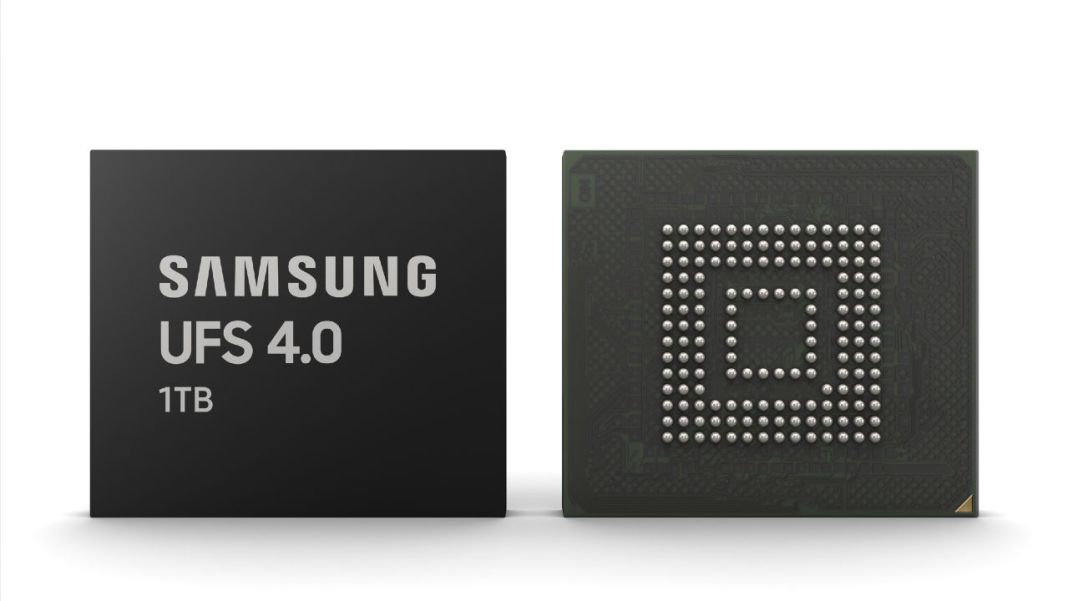Samsung Semiconductor, a subsidiary of Samsung Electronics, has announced Unified Flash Storage 4.0, This was commonly known as UFS and would be an improved version of UFS 3.0 or UFS 3.0 currently in use. Which we will be able to see in the upcoming flagship smartphone. Samsung’s UFS 4.0 memory is based on the company’s Gen 7 V-NAND technology. This announcement is made through Twitter and the company has shared key highlights of UFS 4.0 as well as performance details in the ensuing thread.
UFS 4.0 will be the fastest storage technology yet to be seen on high-end devices, however Samsung claims a proprietary controller with sequential read and write speeds of up to 4200 MB per second and up to 2800 MB per second respectively. However, UFS 4.0 is twice the speed than the currently used UFS 3.1 which also means you will get much fast speeds on your next galaxy phone. For reference, the maximum limit for read speed in UFS 3.1 is 2100 MB per second and write speed is 1200 MB per second. according to south korea tech giant Samsung, the UFS 4.0 delivers a top speed of 2.23 GB/s per lane.
Not only this, the storage technology developed by Samsung is also better in power consumption, it provides a 46 percent improvement in power efficiency. Company also promised that UFS 4.0 will offers a sequential read speed of 6.0 MBps per milliampere (milliAmp). after that, we will expect a much better performance as well as a good battery life on smartphones based on UFS 4.0 storage.
As we mentioned earlier, we will see this UFS 4.0 storage technology in Samsung’s upcoming flagships which may include Galaxy Z Fold 4 and Galaxy Z Flip 4 phones soon. Apart from this, the next year Galaxy S series phones are also set to be with UFS 4.0 technology. However, with the passage of time, this memory technology can be used in other smartphones also due to the improvement in speed, it will be used in AR/VR devices in the future.
Also read : list of Samsung S-series device with specifications and evolution from Galaxy S1 device
